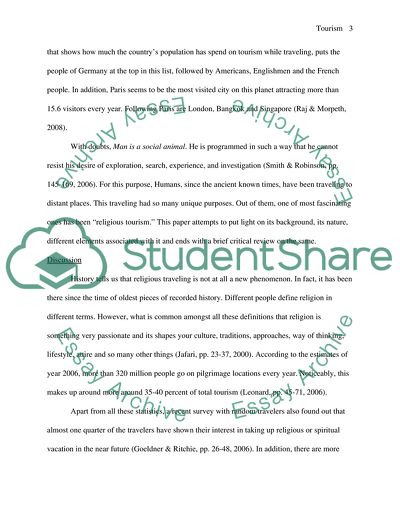Cite this document
(Tourism: between Place and Performance Assignment, n.d.)
Tourism: between Place and Performance Assignment. Retrieved from https://studentshare.org/tourism/1732012-essay-hotel-management-special-interest-tourism
Tourism: between Place and Performance Assignment. Retrieved from https://studentshare.org/tourism/1732012-essay-hotel-management-special-interest-tourism
(Tourism: Between Place and Performance Assignment)
Tourism: Between Place and Performance Assignment. https://studentshare.org/tourism/1732012-essay-hotel-management-special-interest-tourism.
Tourism: Between Place and Performance Assignment. https://studentshare.org/tourism/1732012-essay-hotel-management-special-interest-tourism.
“Tourism: Between Place and Performance Assignment”, n.d. https://studentshare.org/tourism/1732012-essay-hotel-management-special-interest-tourism.


